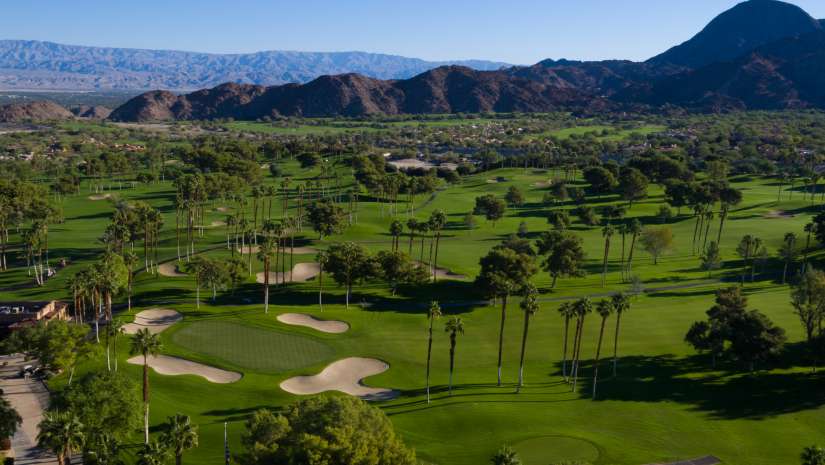A multi-awarded west coast commercial photography and new media services company, Kaminsky Productions makes frequent use of the drone for their business. Owner Ethan Kaminsky is known as an innovative photographer who is an expert at using the drone for photography and video projects. Kaminsky’s adeptness at discovering “the shot” not only highlights the product for his clientele, but also reveals new still and moving drone pictures in flowing compositions with preciseness. In this interview for Adorama, Ethan Kaminsky, outlines several features of drone photography and videography that can take your business to new heights.
What have you discovered about the versatility of using drones for photography, and how it has enhanced your business?
The use of drones in video and photography has opened up a new perspective in the way we see things. The quality, portability, and size allow us to achieve angles and shots, that otherwise would be impossible or prohibitively expensive to obtain.
Which equipment more specifically has your company used together (camera and drone, video camera and drone) and how are these choices effective for your purposes? Such as: balance, steady shots, long range, mobility etc.
Our company currently uses the DJI Inspire 1 Pro with X5 camera. This platform allows for interchangeable lenses, 4k recording, and a dual operator setup whereby one pilots the aircraft and the other separately controls camera direction. This allows for more dynamic camera moves that are incredibly difficult and potentially dangerous for a single operator. The camera gimbal provides extreme stability even in high winds.


What is the most exciting aspect of drone use in terms of global technology in the video/photography genre?
The technology gets better every day. I think the biggest improvements beyond image quality and sensor are the safety factors. Features such as terrain and obstacle avoidance couple with GPS and return to home make this a relatively safe platform.
How do you compare drone use to helicopter shots?
There are several advantages to using a drone over a helicopter: primarily cost and environmental/noise impact. The size and form factor allows a drone to achieve many of the same shots as a helicopter with a higher level of safety, lower cost and more flexibility. Drones are not a total replacement for helicopters however. Very large cameras and long range or high altitude needs are best suited for a helicopter. Drones are legally limited to 400ft above ground level and must be flown in line of sight, both of which can be a major limitation in some scenarios.


How do your projects encompass highly effective drone video sequences, from your shoots such as from the California desert to Maui?
I try to incorporate drone video or stills into any project I produce. The addition of these perspectives really elevates the level of quality and production.
What are your goals in terms of keeping up with technological advancements in the creative field, and how is the advertising world part of that forefront?
In any technology-based medium, I feel it is strong to stay at the top of the tech game. Unfortunately this means upgrades for cameras, drones, computers, etc. as often as every year or two. Having the latest technology and tools at your disposal, couple with creative talent, can really give you an edge over the competition.
As a FAA licensee, what are several important safety features you would like to mention, as well as the necessity/importance of the license?
I was the first in our market to have the FAA 333 Exemption to fly commercially. There is now the Part 107 that is easier to obtain. Clients should never hire a drone service that doesn’t have either one of these designations along with proof of liability insurance. The most important part of the certification is to respect the guidelines. The safety of lives and property depend on it. These are not toys. They are high –powered, dangerous machines if not used responsibly.






